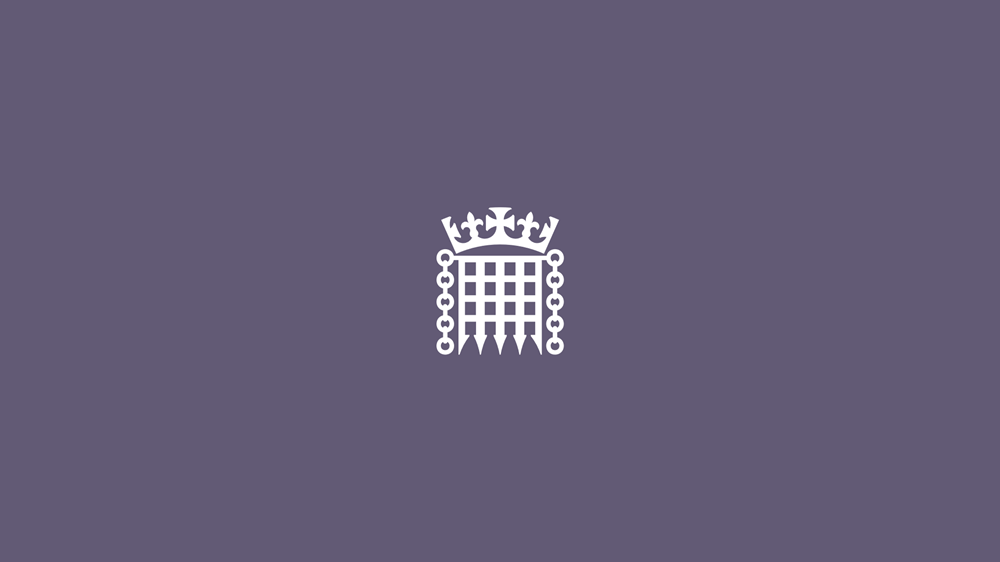Local Government Finance Bill second reading
13 June 2012
The Local Government Finance Bill had its second reading, the first chance for members to discuss the main aspects of the bill, in the House of Lords yesterday (Tuesday 12 June)
- Watch the debate on Parliament TV
- Read the Lords Hansard report
- About the Local Government Finance Bill
- Explanatory notes for Local Government Finance Bill
Baroness Hanham (Conservative) opened the debate with an explanation of the bill. She said: 'My Lords, creating growth, reducing debt and handing back power to local people go to the heart of the Local Government Finance Bill.'
She then explained that it is 'limited bill' which addresses two main issues, the retention of business rates (clauses one to eight) and council tax (clauses nine to 15). Other clauses deal with the general provision of the bill.
Lord McKenzie of Luton (Labour) followed and spoke of the 'complexity' of the business rate retention scheme and promoting growth in local authorities. He said: 'A policy to incentivise growth is entirely reasonable but it must be credible in terms of its effectiveness as an incentive and fair on its impact on outcomes for local authorities.'
As a councillor in the London borough of Sutton, Lord Tope (Liberal Democrat) declared his interest in the bill. 'It was always going to be a challenge to design a business rate retention scheme with the right balance between just and fair equalisation between local authorities and providing strong enough incentives for local authorities genuinely to drive for, and benefit from, economic growth in their local areas,' he explained.
About the bill
The bill starts its debate in the Lords after completing its journey though the Commons on 21 May 2012.
The bill supports the government’s commitment to delivering economic growth, decentralising control over finance and reducing the deficit.
It will introduce a rates retention scheme, enabling local authorities to retain a proportion of the business rates generated in their area. This will give local authorities a strong financial incentive to promote local economic growth.
The bill will also provide a framework for the localisation of support for council tax in England. This, alongside other council tax measures, will give councils increased financial autonomy and a greater stake in the economic future of their local area and provide council tax support for the most vulnerable in society, including pensioners.
What is second reading?
Second reading is the first opportunity for members of the Lords to debate the main principles and purpose of the bill and to flag up concerns and areas where they think changes (amendments) are needed.
Before second reading takes place, a list of speakers for the second reading debate is opened and interested members add their names to it.
The government minister, spokesperson or a member of the Lords responsible for the bill opens the debate.
Any member can speak in the debate so this stage can indicate those members particularly interested in the bill - or a particular aspect of it - and those who are most likely to be involved in amending the bill at later stages.
Second reading debates usually last for a few hours but sometimes stretch over a couple of days.
Next stage: Committee stage
Detailed line by line examination of the separate parts (clauses and schedules) of the bill takes place during committee stage. Any member of the Lords can take part.
It usually starts no later than two weeks after the second reading and can last for one to eight days or more.
The day before committee stage starts, amendments are published in order in a marshalled list. Amendments on related subjects are grouped together and a list (groupings of amendments) is published on the day.
During committee stage every clause of the bill has to be agreed to and votes on the amendments can take place. All proposed amendments can be discussed and there is no time limit, or guillotine, on discussion of amendments.
Further information
- Attend Lords debates
- Making laws
- Follow @UKHouseofLords on Twitter
